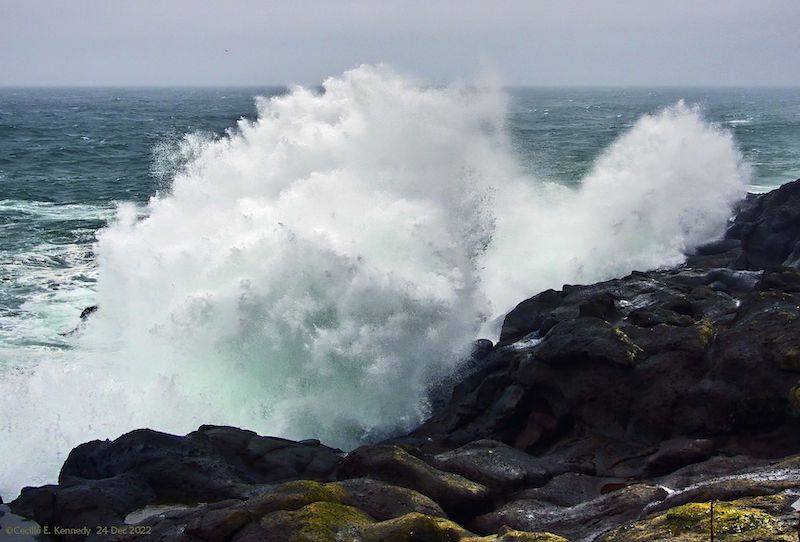
The hottest days are after the June solstice in the Northern Hemisphere. The phenomenon of the hottest weather following the summer solstice by a month or two is called the lag of the seasons.
The hottest days follow the solstice
You can understand it if you’ve ever visited a beach in June. On Northern Hemisphere beaches around now, you’ll notice how cold the ocean feels. Or think about mountaintops in June. Ice and snow still blanket the ground on some high mountains. The sun has to melt the ice – and warm the oceans – before we feel the most sweltering summer heat.
That’s why the hot weather lags behind the year’s longest day and highest sun.
By August, ocean water on that same beach will be much warmer. And the snow line will have crept up the mountaintops. That’s why the hottest weather comes some months after the year’s longest day. The land and oceans simply need those extra months to warm up – a scientist might say to store heat – after the cold of winter.
And in the Southern Hemisphere
In the Southern Hemisphere now, the same phenomenon is occurring, but, there, the lag of seasons is delaying the year’s coldest weather. The June solstice, for the Southern Hemisphere, is the winter solstice. The coldest weather comes in July and August because the land and oceans in that part of the world take some extra weeks to give up their stored heat.

Enjoying EarthSky? Sign up for our free daily newsletter today!
Bottom line: The solstice marks the height of the sun, but the hottest weather comes a month or two later. That’s because the land and oceans have to warm up, too, before the truly hot summer heat can begin. This phenomenon is called the lag of the seasons.











